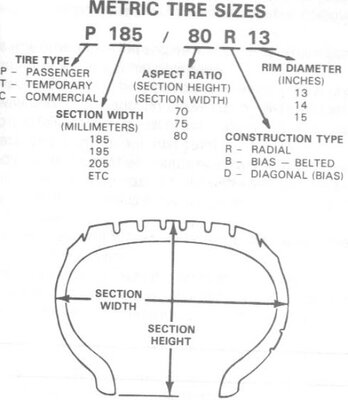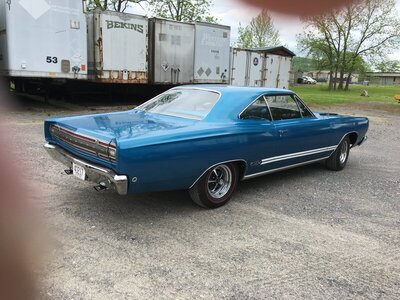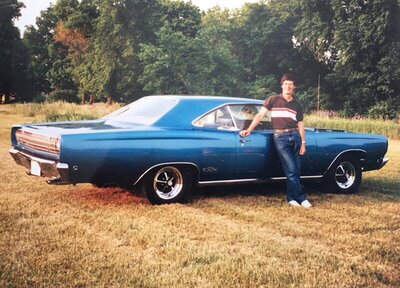Steven Bowers
Well-Known Member
Okay, I presently have 225/75-14” tires on my stock 14”x6” steel rims….this size tire is no longer available….this size tire is 271/2” tall….fills my wheel wells up great….unfortunately there’s only around 6” of rubber on the road….can any of you guys honestly tell what tire size will come close to matching this height…..can go taller….I’d like to gain some tire width also….any and all comments leading me to a solution to my dilemma will be greatly appreciated….




















